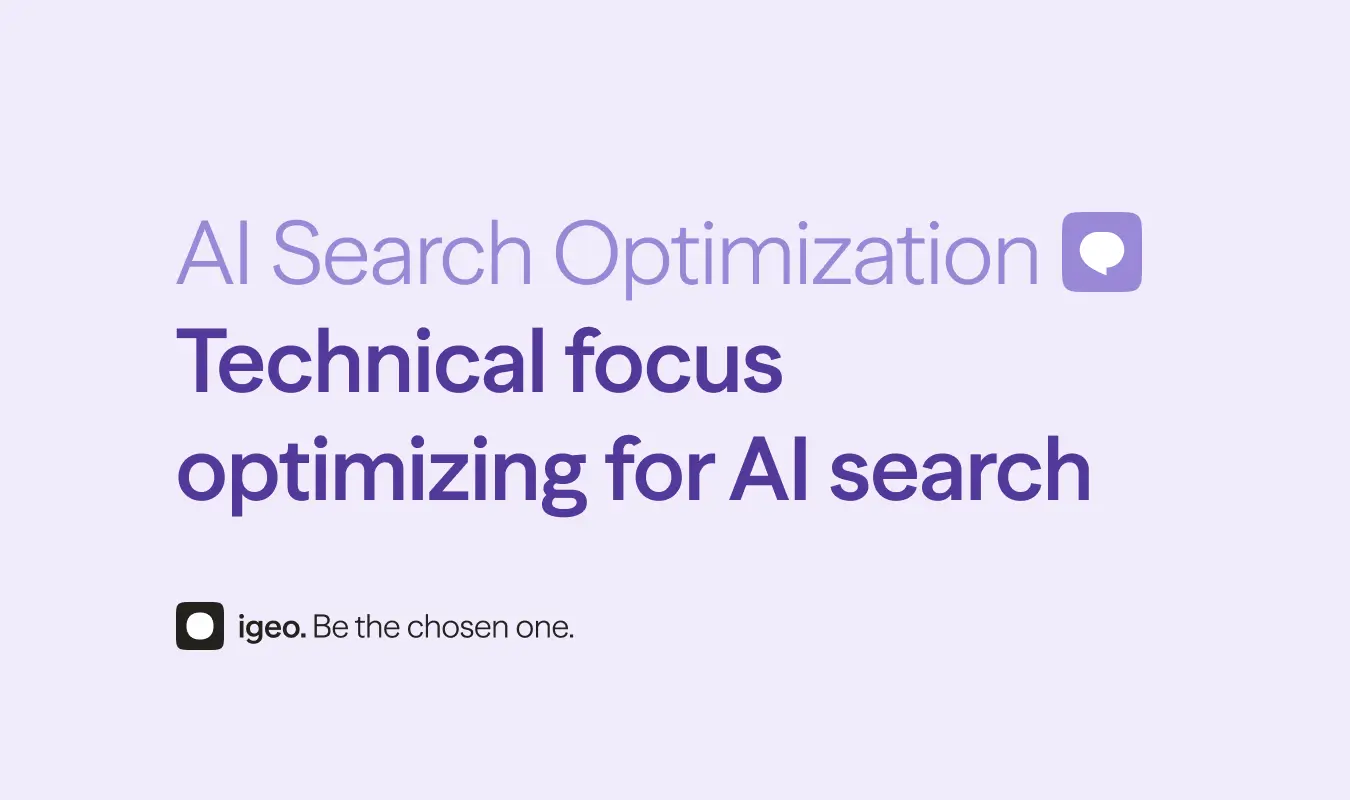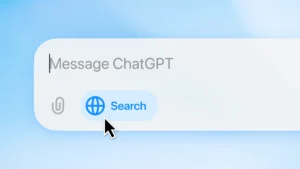AI is reshaping how people find and interact with information. Traditional SEO alone no longer guarantees visibility in an AI-first search environment. To remain discoverable, businesses must adopt AI Search Optimization a strategy that integrates technical SEO, Generative Engine Optimization (GEO), and Answer Engine Optimization (AEO) to optimize content for AI models, search engines, and conversational interfaces.
What is AI Search Optimization?
The process of engineering content and site architecture for optimal visibility across:
- Generative engines (e.g., ChatGPT, Gemini, Claude)
- Answer engines (e.g., Perplexity, smart assistants)
- Traditional search engines (e.g., Google, Bing)
It ensures that your content is:
- Discoverable and referenceable by large language models (LLMs)
- Structured to appear as direct answers
- Technically optimized for crawling, indexing, and parsing by both AI and search engines
Core Pillars of AI Search Optimization
- Semantic Structure: Use clear topic hierarchies, intent-rich headings, and contextual phrases to signal meaning.
- Schema & Structured Data: Apply JSON-LD markup for FAQs, articles, products, and how-to guides to improve machine readability.
- Answer Formatting: Incorporate question-based formatting, concise definitions, and summaries for AEO alignment.
- Citable & Trustworthy Sources: Include author bios, citations, and linked references to boost authority and AI confidence.
- Performance & Accessibility: Ensure mobile optimization, fast loading, clean code, and crawlability.
GEO + AEO = AI Optimization
AI Search Optimization is not a replacement for GEO or AEO—it’s the unifying strategy.
- GEO makes your content comprehensible to LLMs.
- AEO positions it for direct response delivery. Together, they form a cohesive framework for AI-native discoverability and content reuse.
Use Case Example
A government agency publishes an FAQ on geospatial privacy. By applying AI Search:
- GEO ensures the page is semantically structured and referenced by ChatGPT.
- AEO enables it to appear as a direct answer in Perplexity.
- Technical SEO ensures Google indexes and ranks the content efficiently.
Frequently Asked Questions (FAQ)
Yes. It adds layers of semantic clarity, structured data, and AI compatibility not addressed by legacy SEO methods.
Use tools like Semrush, Screaming Frog, Schema.org, and ChatGPT for audits, markup, and content alignment.
No. Small businesses, publishers, SaaS firms, and government bodies can benefit by improving content discoverability in AI ecosystems.
Yes. Content optimized under this model performs better in voice-based and conversational queries.
Yes. Start by auditing and restructuring high-performing or evergreen content.
Future-Proof Your Visibility
AI Search Optimization isn’t just a trend—it’s the new standard. Brands that adapt early will dominate AI-generated responses, voice results, and traditional rankings alike.



